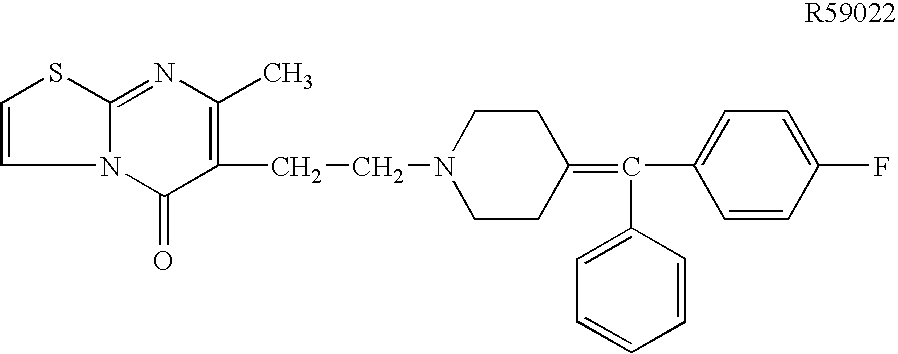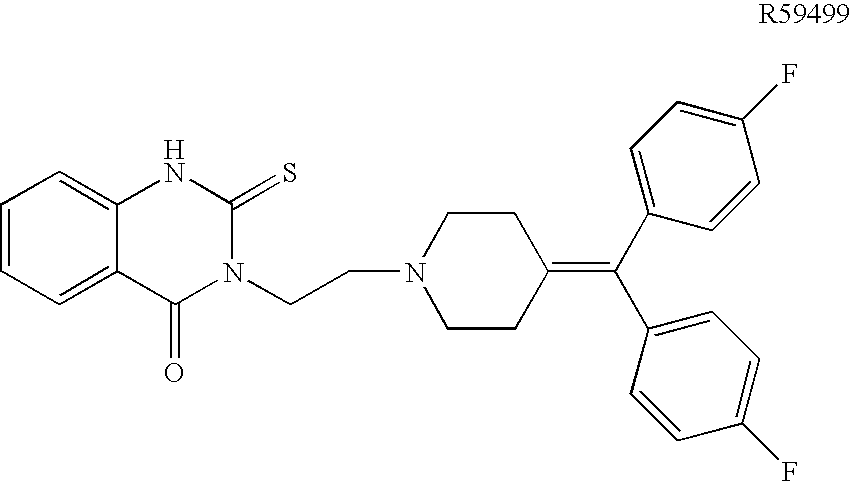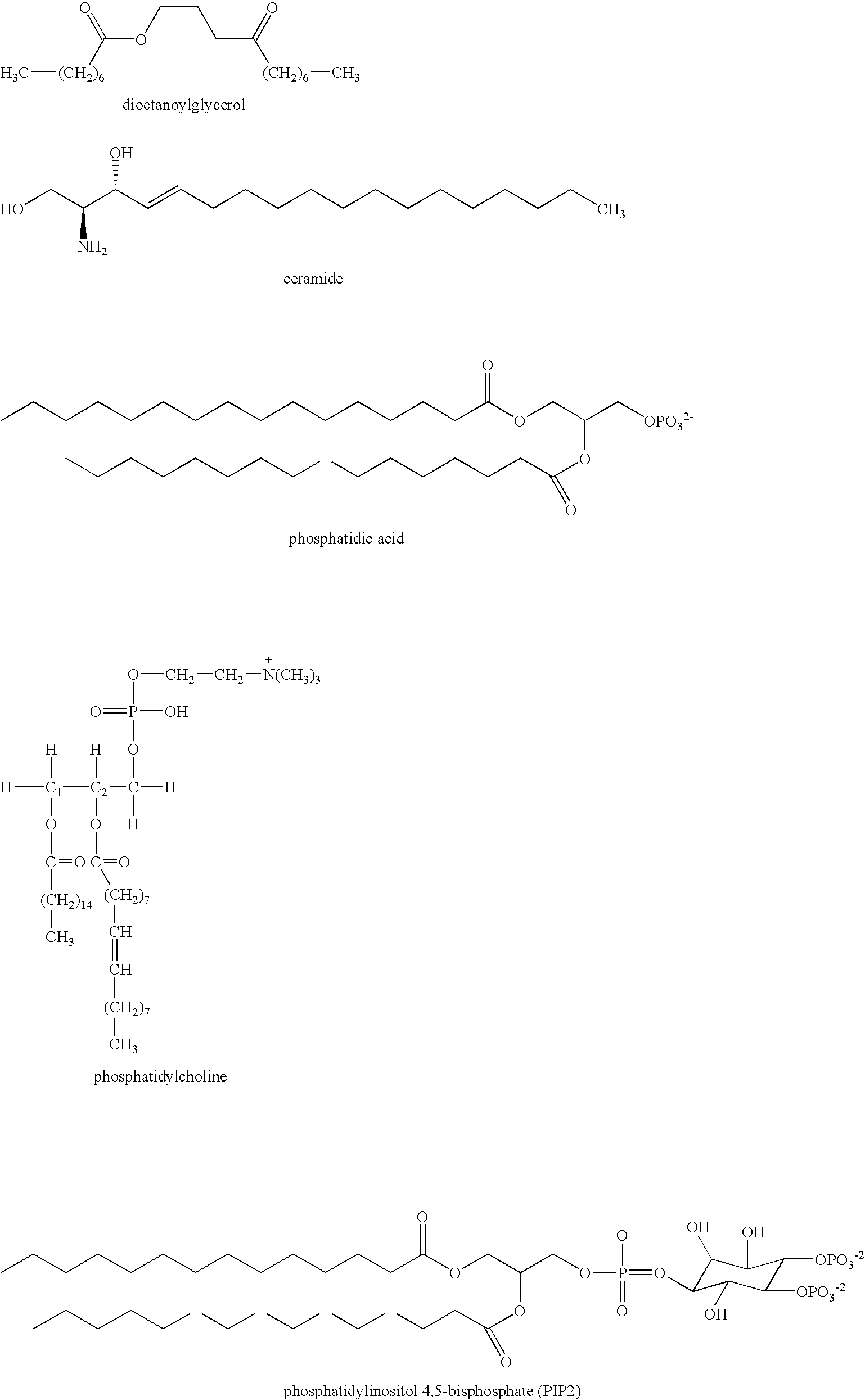T cell anergy is reversed by active Ras and regulated by diacylglycerol kinase
a diacylglycerol kinase and t cell anergy technology, applied in the field of immunology, can solve the problems of inability to demonstrate whether ras activation deficiency is sufficient to explain the anergic phenotype, lack of mechanistic data regarding ras and anergy, etc., and achieve the effect of broad application
- Summary
- Abstract
- Description
- Claims
- Application Information
AI Technical Summary
Benefits of technology
Problems solved by technology
Method used
Image
Examples
example 1
Materials and Methods
[0087] Mice and cell lines. Transgenic (Tg) mice expressing the extracellular domain of the Coxsackie / adenovirus receptor (CAR) under control of the Lck promoter / CD2 enhancer cassette have been described (Wan et al., 2000). These were interbred with 2C / RAG2− / − mice (Manning et al., 1997). Mice were maintained under specific pathogen-free conditions in a barrier facility at the University of Chicago. CARTg or CrkL-deficient Th1 clones generated in our laboratory by immunization with ovalbumin (OVA) have been described (Wan et al., 2000) and were maintained by weekly passage as previously reported (Gajewski et al., 1989). P815.B71 cells that express Ld and were transfected to express B7-1 were maintained as described (Fields et al., 1998).
[0088] Induction of T cell anergy. In vitro, Th1 cells were anergized by stimulation with plate-bound anti-CD3 Ab for 24-48 hr, harvested, and rested in culture medium alone for 24-72 hr as described (Gajewski et al., 1995). Al...
example 2
Introduction of Ras61L Restores IL-2 Production and MAP Kinase Signaling in Anergic Th1 Cells
[0098] Anergic Th1 cells have been reported to show blunted activation of Ras and of the putative downstream kinases ERK and JNK. In order to determine whether defective Ras signaling was contributing to the anergic state, it was desirable to introduce CA Ras into anergic T cells and assess whether IL-2 production and MAP kinase activation were restored. However, technologic limitations had precluded genetic manipulation of non-proliferating normal T cell populations. To circumvent this issue the inventor utilized T cells from CAR Tg mice, which are transducible at high efficiency in the absence of cell proliferation using adenoviral vectors (Wan et al., 2000). To design viral vectors suitable for expression in primary T cells, the inventor screened a series of promoters and found that the human ubiquitin C (UbC) promoter (Schaefer et al., 2001) gave 1-2 logs greater expression in quiescent...
example 3
CA Ras61L Restores Function of CD8+ TCR Tg T Cells Anergized In Vivo
[0102] In order to examine whether a similar signaling block was responsible for anergy induced in vivo, and to confirm this phenomenon in CD8+ T cells, CAR Tg / 2C TCR Tg / RAG2− / − mice were generated. T cells from these mice expressed high levels of CAR and showed a transduction efficiency of 80-90% using adenoGFP (data not shown). Administration of the Kb-binding peptide SIYRYYGL (SIY) to 2C mice has been shown to result in T cell hyporesponsiveness (Frauwirth et al., 2001). The inventor confirmed that T cells from CARTg / 2C / RAG2− / − mice treated with SIY peptide were defective at IL-2 production when restimulated in vitro with P815.B71 cells or with anti-CD3 / anti-CD28 mAbs (FIG. 3A). However, when in vivo anergized CARTg / 2C / RAG2− / − T cells were transduced with Ras61L prior to restimulation in vitro, IL-2 production was restored (FIG. 3A), whereas an empty adenoviral vector had no effect.
[0103] Like CD4+ Th1 clones ...
PUM
| Property | Measurement | Unit |
|---|---|---|
| pH | aaaaa | aaaaa |
| temperature | aaaaa | aaaaa |
| adhesion | aaaaa | aaaaa |
Abstract
Description
Claims
Application Information
 Login to View More
Login to View More - R&D
- Intellectual Property
- Life Sciences
- Materials
- Tech Scout
- Unparalleled Data Quality
- Higher Quality Content
- 60% Fewer Hallucinations
Browse by: Latest US Patents, China's latest patents, Technical Efficacy Thesaurus, Application Domain, Technology Topic, Popular Technical Reports.
© 2025 PatSnap. All rights reserved.Legal|Privacy policy|Modern Slavery Act Transparency Statement|Sitemap|About US| Contact US: help@patsnap.com



